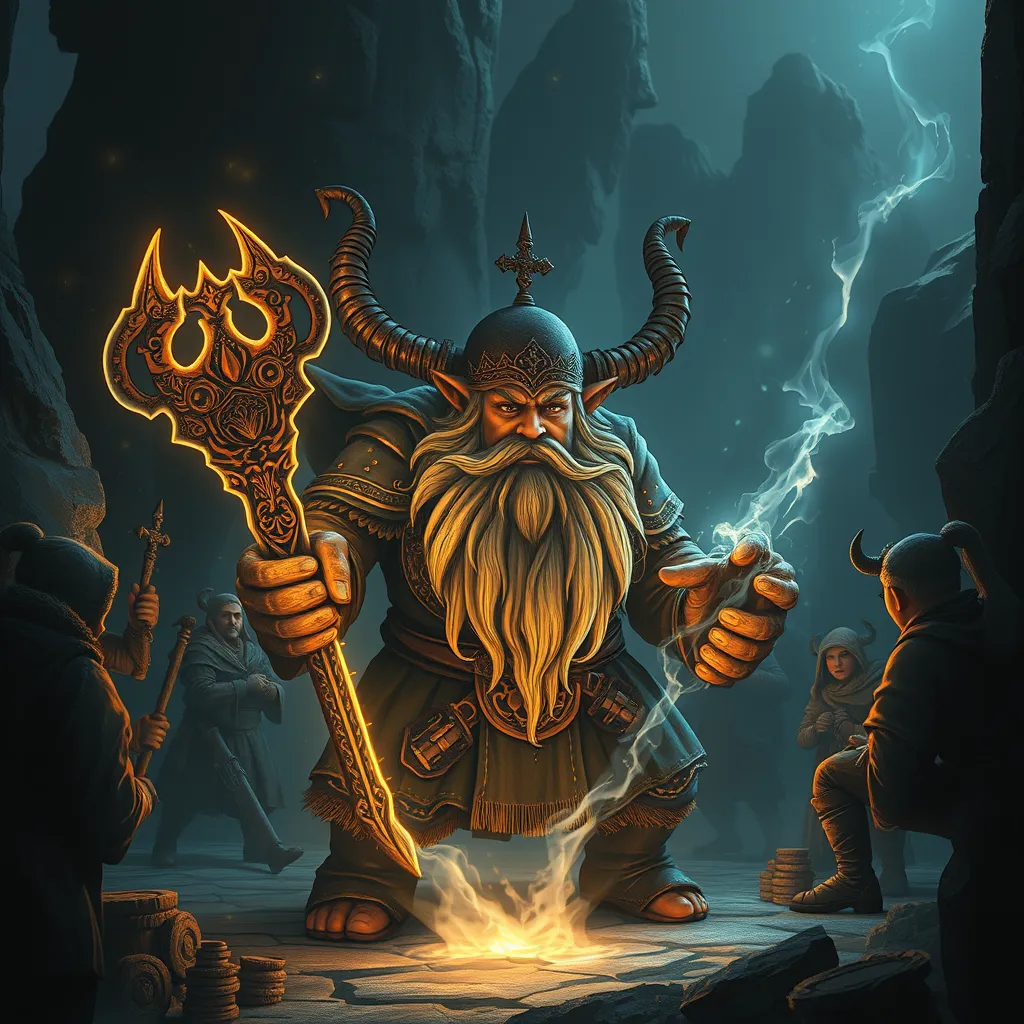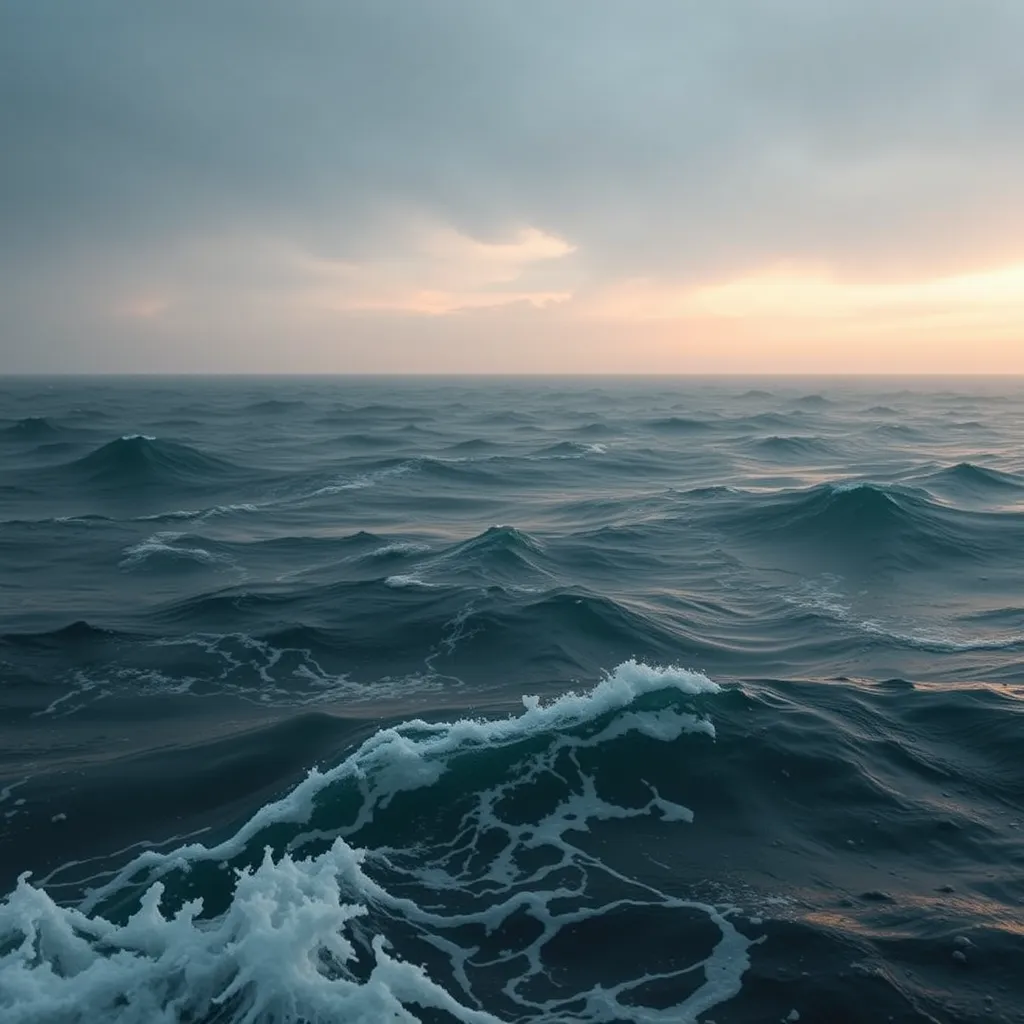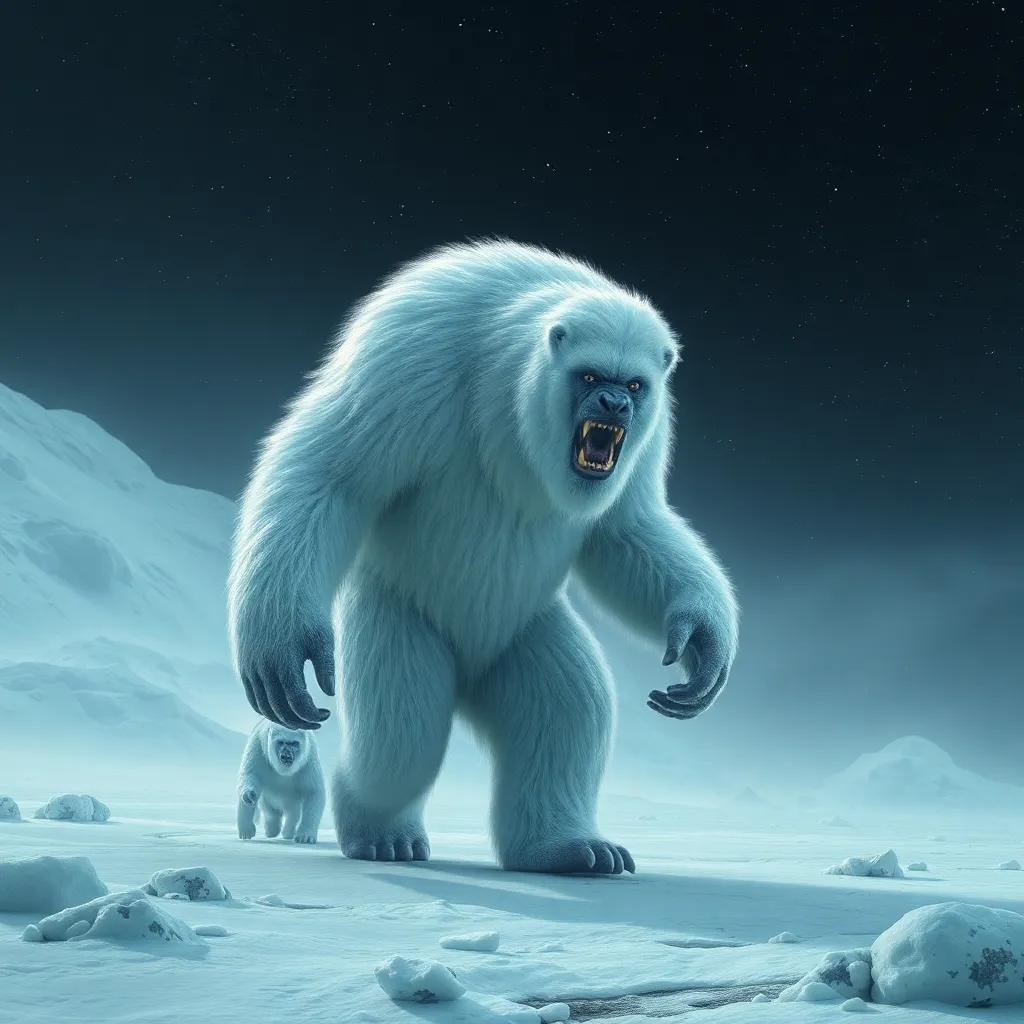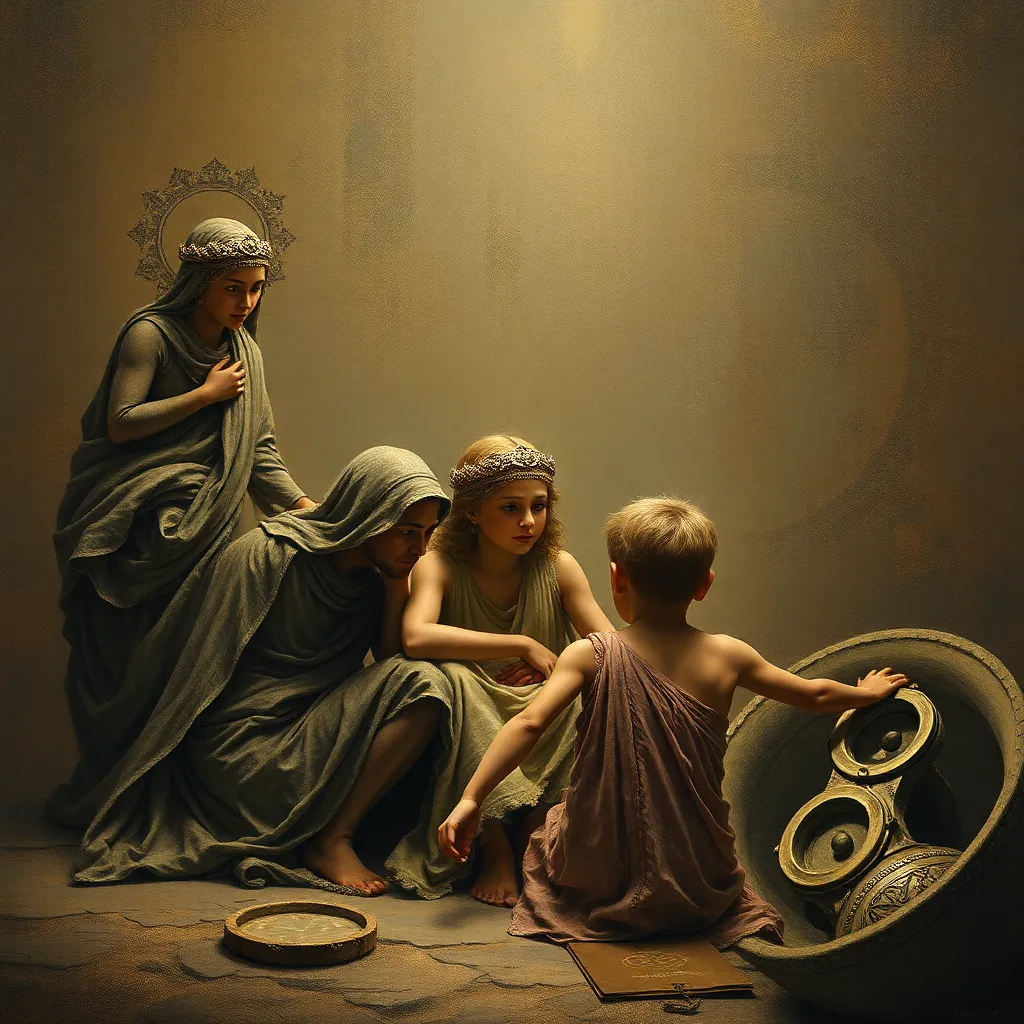The Dwarven Future: Speculating on the Potential Evolution of Dwarf Culture
I. Introduction
Dwarven culture has long captivated the imaginations of fantasy enthusiasts, characterized by its rich traditions, craftsmanship, and often, a deep connection to the earth. Defined by their sturdy stature, resilience, and a penchant for mining and metalwork, dwarves represent a unique facet of fantasy literature. As we explore the potential evolution of dwarf culture, it is essential to consider how cultural narratives shift over time, influenced by various factors such as technology, social structure, and inter-racial dynamics.
This article aims to speculate on the future of dwarf culture, contemplating how these elements might shape their societies in the years to come. We will delve into the historical context, technological impacts, social changes, environmental challenges, and the role of storytelling in shaping their future identities.
II. Historical Context of Dwarven Culture
A. Traditional Values and Beliefs
Dwarven culture is often built on a foundation of traditional values including honor, loyalty, and craftsmanship. Their belief systems are frequently intertwined with reverence for the earth and its resources, reflecting their deep connection to mining and metallurgy.
B. Key Events Shaping Dwarven Societies
Throughout history, dwarves have faced numerous challenges, including wars with other races, resource depletion, and internal strife. Significant events such as the War of the Ancients or the Great Migration have shaped their societies, leading to a stronger sense of unity and cultural identity.
C. Comparison with Other Fantasy Races
In contrast to elves, who often embody grace and harmony with nature, or humans, known for their adaptability, dwarves are typically portrayed as steadfast and industrious. Their cultural evolution may be influenced by their interactions with these races, leading to a complex interplay of shared values and beliefs.
III. The Impact of Technology on Dwarven Life
A. Integration of Modern Innovations
As technology progresses, dwarven societies may begin to integrate modern innovations into their traditional practices. This could manifest in various ways, such as:
- Adopting advanced mining techniques to extract resources more efficiently.
- Utilizing modern metallurgy to enhance their craftsmanship.
- Incorporating technology in everyday life, such as transportation and communication.
B. Potential for Industrial Advances
With their historical emphasis on craftsmanship, the dwarves could lead an industrial revolution within their realms, potentially creating:
- Mass production of goods.
- Enhanced trade networks with other races.
- Innovations in engineering and architecture.
C. Influence of Technology on Traditional Craftsmanship
While technology offers numerous advantages, it may also challenge traditional dwarven craftsmanship. There is a risk that mass production could undermine the value placed on handmade goods, prompting a cultural debate regarding the significance of tradition versus innovation.
IV. Dwarven Interactions with Other Races
A. Evolving Alliances and Friendships
Dwarves are known for their fierce independence, yet their relationships with other races can evolve into alliances and friendships. As centuries pass, these interactions might lead to:
- Stronger diplomatic ties with elves, humans, and other races.
- Collaborative projects that blend cultural strengths.
- Shared defense strategies against common threats.
B. Cultural Exchange and Its Effects
Increased interaction with other races can lead to cultural exchange, enriching dwarven culture with new ideas, art forms, and practices. This exchange might manifest in:
- Adoption of artistic styles from elven culture.
- Incorporation of human philosophies into dwarven governance.
- Shared festivals that celebrate the diversity of races.
C. The Role of Diplomacy in Dwarven Growth
As dwarves embrace diplomacy, they may develop new skills in negotiation and conflict resolution, enabling them to navigate complex political landscapes. This shift could result in:
- A more unified dwarf council representing diverse clans.
- Strengthened alliances that foster economic growth.
- Increased participation in inter-racial councils and organizations.
V. Shifts in Social Structure and Governance
A. Traditional Governance versus New Models
Historically, dwarven governance has been characterized by clan-based leadership and elder councils. However, as societies evolve, there may be a shift towards:
- More democratic forms of governance.
- Incorporation of meritocracy in leadership roles.
- Decentralized decision-making processes.
B. Gender Roles and Inclusivity within Dwarven Society
Traditionally, dwarven society has been male-dominated, particularly in leadership roles. However, future evolution may bring:
- Greater recognition of female dwarves in leadership.
- Increased inclusivity for all gender identities.
- Empowerment of marginalized voices within the community.
C. Emergence of New Leadership Styles
As dwarven society becomes more inclusive, new leadership styles may emerge, characterized by:
- Collaborative decision-making.
- Focus on community well-being.
- Emphasis on adaptability and innovation.
VI. Environmental Challenges and Adaptations
A. Resource Management and Sustainability
With the increasing strain on natural resources, dwarves may need to adopt sustainable practices, such as:
- Implementing responsible mining techniques.
- Investing in renewable energy sources.
- Creating policies for conservation and preservation.
B. Adapting to Changing Landscapes and Climates
As climate change alters their environment, dwarves may be compelled to:
- Relocate their settlements to more viable areas.
- Develop new agricultural techniques suited for changing conditions.
- Engage in environmental restoration efforts.
C. Preservation of Natural Dwarven Heritage
While adapting to new challenges, preserving their unique heritage and connection to the earth will be crucial for dwarven identity. This may involve:
- Documenting traditional practices and knowledge.
- Establishing protected areas for culturally significant sites.
- Engaging younger generations in heritage conservation.
VII. The Role of Myth and Storytelling in Future Dwarven Culture
A. Evolution of Dwarven Myths and Legends
As dwarves evolve, so too will their myths and legends, adapting to new realities and experiences. This evolution could lead to:
- New stories that reflect contemporary challenges.
- Integration of tales from other cultures into their narratives.
- Creation of a rich tapestry of legends that celebrate diversity.
B. Impact of Modern Media and Storytelling Techniques
The rise of modern media may influence how dwarven stories are shared, leading to:
- Innovative storytelling forms, such as digital media and interactive narratives.
- Increased visibility of dwarven culture in popular culture.
- Collaboration with other races in storytelling projects.
C. Preservation of Cultural Identity through Narratives
Storytelling will remain a vital tool for preserving dwarven cultural identity, serving as a means to:
- Transmit values and beliefs to future generations.
- Foster a sense of community and belonging.
- Celebrate the rich history and achievements of dwarven culture.
VIII. Conclusion
In conclusion, the potential evolution of dwarf culture is a multifaceted topic that encompasses technology, social structure, inter-racial interactions, and environmental adaptations. As we have examined, the future may see dwarves embracing new innovations while striving to preserve their unique heritage and identity.
This exploration opens up avenues for future narratives that delve deeper into the complexities of dwarven life. As fans and creators, we encourage speculation and engagement with these ideas, imagining the rich tapestry of dwarf culture that lies ahead.



